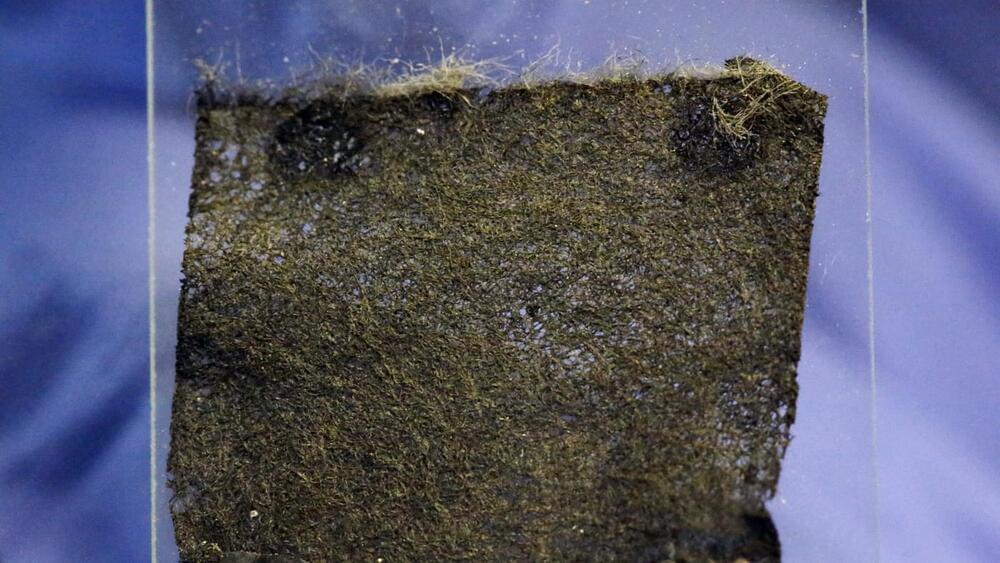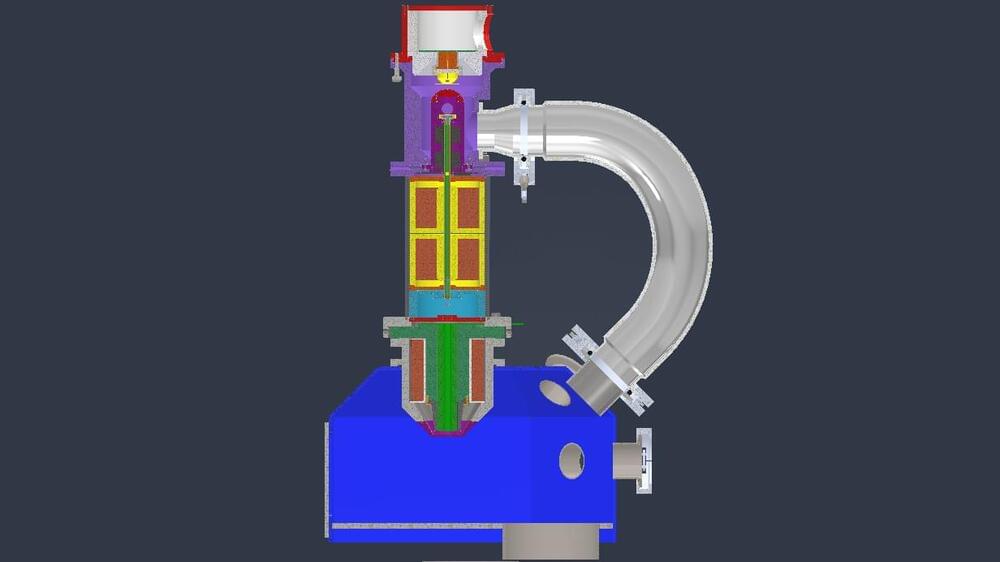
Get the latest international news and world events from around the world.



The Sun is losing mass. And once featured Saturn-like rings?
These features could have a special significance for the Earth’s evolution.
When it comes to the universe and all of its mysteries, there are many things we know we don’t know. Some are minor and mostly inconsequential, but there are other cosmological unknowns that leave huge blanks in our understanding of how things work on large and small scales. How our planet was created is one such mystery. Let’s go all the way back to the beginning when the Sun was just a clump of gas and dust to understand how our solar system may have formed.
## How stars form.
Traditional wisdom says that all stars spawn from immense clouds of spinning gas and dust, known as molecular clouds, often containing the mass of hundreds of millions of stars. The environment within these stellar nurseries tends to be extremely turbulent, preventing all of the gas and dust from being distributed evenly throughout the molecular cloud. Drawn together by the forces of gravity, once enough matter has collected in one area, the cloud begins to heat up and ultimately collapses under its own weight — creating something known as a protostar. Feeding off the material encircling it, the protostar eventually becomes hot and large enough to jumpstart the process of thermonuclear fusion.
Full Story:
Research has helped us understand how planets form, like Earth and planets like Jupiter and Neptune.


Team Films the Speed of Light at 10 Trillion Frames Per Second And It’s Incredible
The Slow Mo Guys are known for their slow-motion videos, but this time they went to Caltech to utilize the world’s fastest camera. What exactly did they want to shoot? 10 trillion frames per second is the speed of light.
To put things in perspective, the cameras they routinely use, while excellent, are still 20 million times slower than this one from Caltech. They collaborated to try to capture the speed of light. The speeds are measured in picoseconds and femtoseconds. We can see why the Slow Mo Guys are ecstatic about their new initiative.


Home Made Scanning Electron Microscope Shows Some Potential
Scanning electron microscopes are one of those niche instruments that most of us don’t really need all the time, but would still love to have access to once in a while. Although we’ve covered a few attempts at home-builds before, many have faltered, except this project over on Hackday. IO by user Vini’s Lab, which appears to be still under active development. The principle of the SEM is pretty simple; a specially prepared sample is bombarded with a focussed beam of electrons, that is steered in a raster pattern. A signal is acquired, using one of a number of techniques, such as secondary electronics (SE) back-scattered electrons (BSE) or simply the transmitted current into the sample. This signal can then be used to form an image of the sample or gather other properties.
The project is clearly in the early stages, as the author says, it’s a very costly thing to build, but already some of the machined parts are ready for assembly. Work has started on the drive electronics for the condenser stigmata lens. This part of the instrument takes the central part of the rapidly diverging raw electron beam that makes it through the anode, and with a couple of sets of octopole coil sets, and an aperture or two, selects only the central portion of the beam, as well as correcting for any astigmatism in the beam. By adjusting the relative currents through each of the coils, a quadrupole magnetic field is created, which counteracts the beam asymmetry.
Scanning control and signal acquisition are handled by a single dedicated card, which utilises the PIO function of a Raspberry Pi Pico module. The Pico can drive the scanning operation, and with an external FTDI USB3.0 device, send four synchronised channels of acquired sample data back to the host computer. Using PCIe connectors and mating edge connectors on the cards, gives a robust and cost effective physical connection. As can be seen from the project page, a lot of mechanical design is complete, and machining has started, so this is a project to keep an eye on in the coming months, and possibly years!
AI-Powered Algorithm Developed Thousands of Deadly Biological Weapon in Just 6 Hours!
Artificial intelligence could help humanity solve many of the global issues in a positive way. See more about what AI-powered algorithms can do when influenced by human abuse.

Nvidia’s new Omniverse tools will make it easier than ever to build virtual worlds
“This is an answer to a huge demand we’ve had from a number of customers who wanted access to this platform but were limited because of the platform they’re on,” Richard Kerris, Nvidia’s Omniverse VP, said to reporters this week.
Omniverse Cloud is in early access now, and Nvidia is taking applications for it.
Next, Nvidia announced Omniverse OVX, a computing system designed specifically to meet the needs of massive simulations — or industrial digital twins.